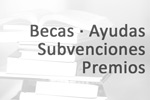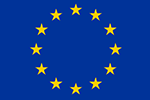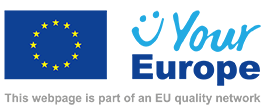Product safety
Content
Product safety
Protection against risks to their health or safety is one of the basic rights of consumers. Goods and services placed on the market must therefore be safe, i.e. they must not, under normal or reasonably foreseeable conditions, pose health or safety risks to consumers.
What is the definition of a safe product?
Article 2 of Royal Decree 1801/2003 of 26 December ![]() on general product safety defines a ‘safe product’ as:
on general product safety defines a ‘safe product’ as:
- Any product which, under normal or reasonably foreseeable conditions of use, including duration and, where applicable, start-up, installation and maintenance, poses no risk at all, or only minimum risks which are considered acceptable and compatible with the usage of the product, while assuring a high level of personal health and safety protection’.
The elements to be taken into account to determine the safety of a product are:
- The characteristics of the product, including its composition and packaging.
- The effect on other products, where the use of the former together with the latter can reasonably be foreseen.
- The information accompanying the product. In particular, labelling; any warnings and instructions for use and disposal; instructions for assembly and, where appropriate, installation and maintenance, as well as any other indication or information relating to the product.
- The presentation and advertising of the product.
- Categories of consumers who are at risk when using the product, in particular children and the elderly.
On the other hand, risk is defined as: the possibility of consumers and users suffering damage to their health or safety, derived from the use, consumption or presence of a product. The likelihood of damage and the severity of the damage will be assessed jointly in order to classify a risk from the point of view of its seriousness, among other possible circumstances. A risk which requires rapid intervention by public administrations under these criteria will be considered a serious risk, even if the potential damage to health and safety does not become apparent immediately.
A product intended to be placed on the market in Spain will be considered safe if it complies with the mandatory regulatory provisions in Spain laying down health and safety requirements.
Who is responsible for product safety?
Both producers and distributors have a duty to place on the market and sell only safe products. ‘Producer’ means a manufacturer, if it is established in the European Union, or a manufacturer that affixes its name, trade mark or other distinguishing feature, the manufacturer’s representative or the other professionals in the marketing chain in so far as its activities may affect the safety characteristics of the product.
Producers and distributors have a number of duties with regard to the products they place on the market, including staying informed of their products’ compliance with the safety requirements, taking appropriate action and informing authorities, other economic operators and consumers where appropriate. Producers must withdraw unsafe products from the market or make the necessary corrections to avoid risks, or even recall the products from consumers.
Which authorities are competent for product safety?
Product safety is mainly regulated in the harmonised legislation. That legislation lays down the essential requirements to be met by products and is linked to the alert system established by Directive 2001/95/EC for cases where there is a risk. All authorities with responsibility for implementing the essential requirements of the harmonised legislation have responsibilities for product safety. Furthermore, where there is no harmonised legislation or where the legislation does not cover certain safety aspects, Directive 2001/95/EC of the European Parliament and of the Council of 3 December 2001 on general product safety as implemented by Royal Decree 1801/2003 of 26 December 2003![]() on general product safety applies.
on general product safety applies.
Directive 2001/95/EC has been repealed by Regulation (EU) 2023/988 on general product safety![]() , but its requirements remain in force until 13 December 2024 and the same therefore applies to the requirements of Royal Decree 1801/2003.
, but its requirements remain in force until 13 December 2024 and the same therefore applies to the requirements of Royal Decree 1801/2003.
With regard to the application of Royal Decree 1801/2003 of 26 December 2003, the Directorate-General for Consumer Affairs of the Ministry of Consumer Affairs is responsible for coordinating the market surveillance authorities and this is where the national contact point for the European rapid alert system for non-food products (Safety Gate, formerly known as RAPEX) is located. It is also responsible for coordinating the national alert system.
The authorities of the Autonomous Communities are responsible for ensuring that the duties laid down in Royal Decree 1801/2003 of 26 December 2003![]() on general product safety are properly fulfilled. To this end, they must carry out extensive market surveillance work to establish that products placed on the market and economic operators comply with all the obligations laid down in the applicable legislation.
on general product safety are properly fulfilled. To this end, they must carry out extensive market surveillance work to establish that products placed on the market and economic operators comply with all the obligations laid down in the applicable legislation.
Consumer services![]() act as contact points for the autonomous community authorities regarding general product safety and the national alert system in cases where safety is not regulated by other legislative arrangements for which another authority is exclusively competent.
act as contact points for the autonomous community authorities regarding general product safety and the national alert system in cases where safety is not regulated by other legislative arrangements for which another authority is exclusively competent.
Central government, specifically the Directorate-General for Consumer Affairs of the Ministry of Consumer Affairs, provides appropriate technical support to the autonomous administrations.
What action is taken when an unsafe product is identified?
A system for the rapid exchange of information between the authorities is used in situations where a product that might pose risks to the health and safety of consumers is identified, with the aim of preventing the product reaching consumers. In order to determine whether a product is unsafe, appropriate checks are carried out to see whether or not it complies with the applicable regulations.
If an instance of non-compliance is identified that could pose a risk to the safety of consumers, restrictive measures (prohibition of placing on the market, withdrawal of stocks from the market and recall from consumers) are taken and notified in the alert system at national and European level.
In order to organise this exchange of information, it is necessary to establish a network communication system enabling the information to be disseminated quickly to all the authorities involved. In Spain, a national network has been established for notifications of unsafe products between the authorities of the Autonomous Communities and the Directorate-General for Consumer Affairs of the Ministry of Consumer Affairs. A parallel Community Information Exchange System (RAPEX, now called Safety Gate) is also present for the exchange of information between Member State authorities.
The alert system is triggered when an authority decides to take restrictive measures against a product due to the risk it presents. When certain circumstances are met, a national alert is escalated to European level.
All information related to the alert system can be found here![]() .
.
How is an unsafe product identified?
- By information obtained from market surveillance by the competent authorities.
- By European alert system notifications from other Member States.
- By notifications from the European Commission.
- By information from producers, in accordance with the provisions laid down in Article 6(1) of Royal Decree 1801/2003.

- By information from complaints or reports received from economic operators or industry associations, consumers, consumer organisations, etc.
- By notifications from health professionals via the website of the STATE SYSTEM FOR REPORTING CONSUMER PRODUCT INCIDENTS.

Information for each Autonomous Community

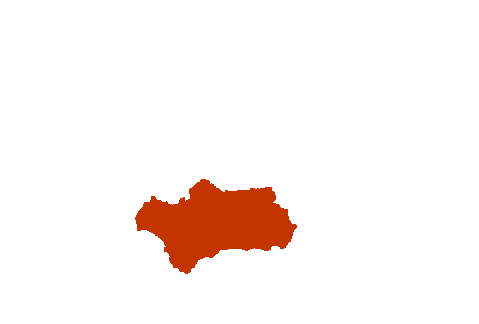

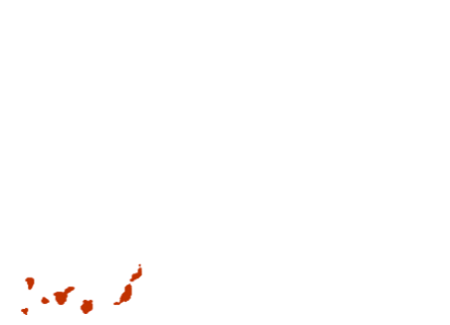
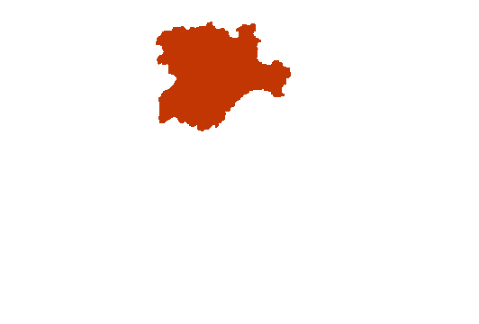
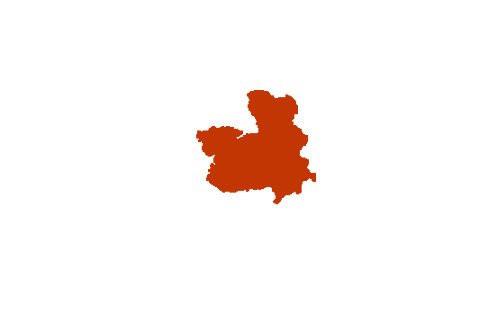
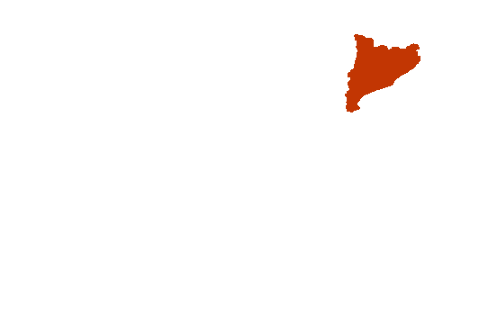

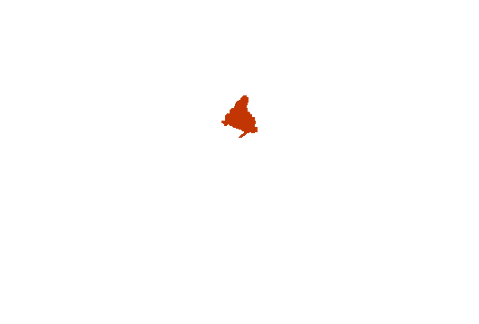

Andalucía Aragón Asturias, Principado de Balears, Illes Canarias Cantabria Castilla y León Castilla-La Mancha Cataluña Ciudad de Ceuta Ciudad de Melilla Comunitat Valenciana Extremadura Galicia Madrid, Comunidad de Murcia, Región de Navarra, Comunidad Foral de País Vasco Rioja, La
Legal and/or technical references
-
Consumer rules

-
Quality, safety and market surveillance

-
Alert system

-
Directive 2001/95/EC on general product safety (GPSD)

-
Royal Decree 1801/2003 on general product safety

-
Regulation (EU) 2023/988 of the European Parliament and of the Council of 10 May 2023 on general product safety, amending Regulation (EU) No 1025/2012 of the European Parliament and of the Council and Directive (EU) 2020/1828 of the European Parliament and the Council, and repealing Directive 2001/95/EC of the European Parliament and of the Council and Council Directive 87/357/EEC






